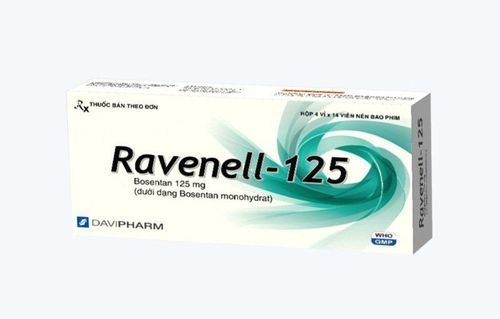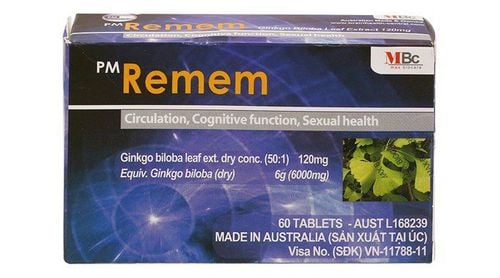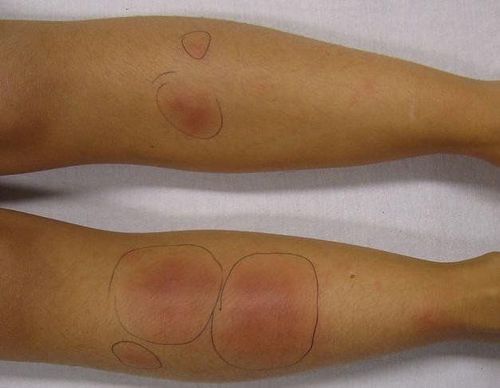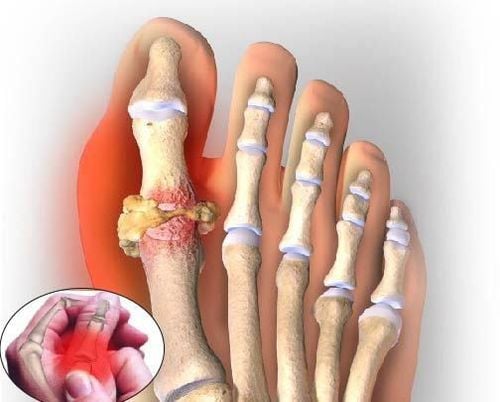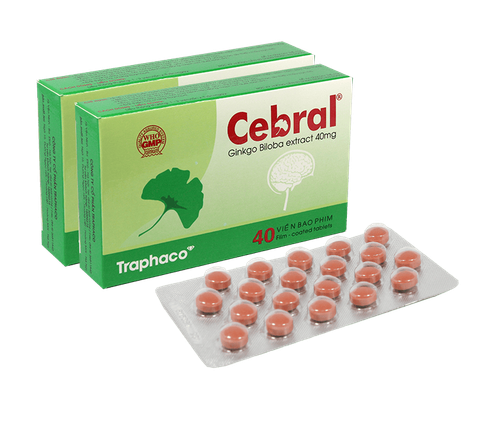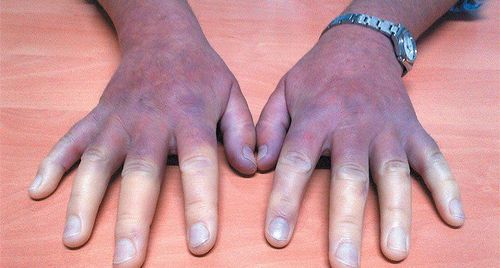This is an automatically translated article.
Scleroderma is an autoimmune disease that affects the skin and other organs of the body. In it, the body's immune system causes inflammation and damage, leading to problems with the lungs, kidneys, heart, intestines and other organs. Therefore, whether scleroderma is curable is still a challenge for the medical community.
1. What is scleroderma?
Scleroderma is a chronic disease that causes the skin to become thick and hard, with the accumulation of scar tissue and accompanying damage to internal organs such as the heart and blood vessels, lungs, stomach and kidneys. The effects of scleroderma vary widely, from mild to life-threatening, depending on how far the disease has spread and which parts of the body are affected.
There are two main types of scleroderma, including:
Scleroderma in situ: This usually affects only the skin, although it can also spread to muscles, joints and bones. The difference is that local scleroderma does not affect internal organs. Symptoms of scleroderma in situ are discolored patches on the skin, streaks or bands of thick, hard skin on the arms and legs, and sometimes on the face and forehead.
Systemic scleroderma: This is the most serious form of the disease, which can affect not only the skin, muscles, joints, blood vessels but also internal organs such as the lungs, kidneys, heart and other organs.
To date, the cause of scleroderma is not clearly known. The most accepted pathogenic hypothesis is that it has the same mechanism as systemic autoimmune diseases. In particular, genetic factors play an important role in the occurrence of the disease. Therefore, people in the family who have had the disease have an increased risk of developing the disease.
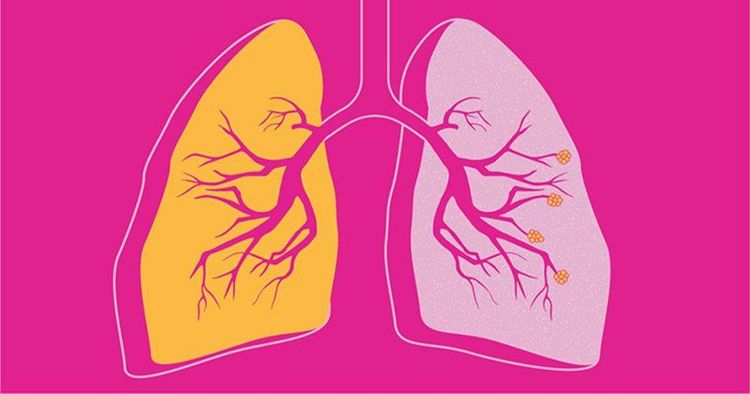
Bệnh xơ cứng bì có thể biến chứng đến tim, phổi
2. Can scleroderma be cured?
Because the pathogenesis is not well understood, specific treatment modalities for scleroderma are limited.
Current treatments are mainly aimed at relieving symptoms, preventing the condition from getting worse. At the same time, the monitoring and treatment evaluation also helps in early detection and early intervention of disease-related complications such as pulmonary hypertension. Since then, patients still maintain organ functions and improve quality of life.
Current common treatments include:
Drugs that improve circulation Drugs that suppress the activity of the immune system and slow the progression of cell damage Steroids to reduce the inflammatory response on skin, joints and muscles Creams that moisturize damaged skin, help maintain skin elasticity and integrity, relieve itching Medications for other symptom control such as pain relief, heartburn relief, and low blood pressure During treatment, patients are regularly monitored by visiting and performing periodic tests. This helps to assess drug response, early detection of treatment-related side effects or the appearance of other complications of the disease.
In addition to the above medical treatment measures, in the case of severe skin lesions in scleroderma, the doctor may consider surgery if necessary. For example, hard masses under the skin may need to be removed to prevent necrosis from causing infection, and tight muscle bundles may need to be loosened. Besides, new treatment methods such as laser therapy and photodynamic therapy are currently being tested and have gradually shown positive evidence, which can improve scleroderma.
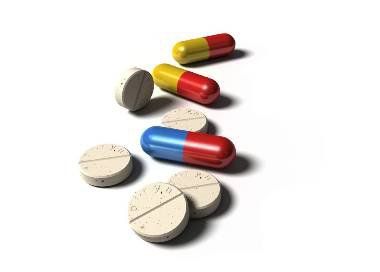
Sử dụng Steroid để giảm viêm trên da
3. How to adapt to scleroderma?
Because of the nature of an autoimmune disease, in addition to medications to relieve symptoms, people with scleroderma need to know about lifestyle changes. From there, they themselves can help reduce the impact of scleroderma on their own lives.
Regular physical therapy, especially stretching exercises, can help keep muscles supple, skin elastic and avoid shrinkage.
If affected by Raynaud's syndrome, a disease that causes peripheral blood vessels to constrict, making the body area pale and purple, the patient needs to keep their hands and feet, head, and face warm in cold weather with how to wear gloves and thick socks, hats, scarves.
The most important thing is to build a healthy diet, exercise regularly. If you have a habit of smoking, stop smoking to better control your blood pressure and improve circulation.
Finally, scleroderma patients will have a feeling of sympathy and sharing when talking and living in scleroderma societies, groups, and clubs. They will exchange experiences and learn from each other ways to improve the private lives of people affected by scleroderma.
In summary, there is currently no specific cure for scleroderma. However, many of the available treatments are providing significant symptom improvement for scleroderma patients. Even some people with mild disease may not need medication and stop treatment completely when the scleroderma no longer works. It is important for early detection and proper treatment to limit damage and maintain quality of life.
For detailed advice, please come directly to Vinmec health system or register online HERE.




